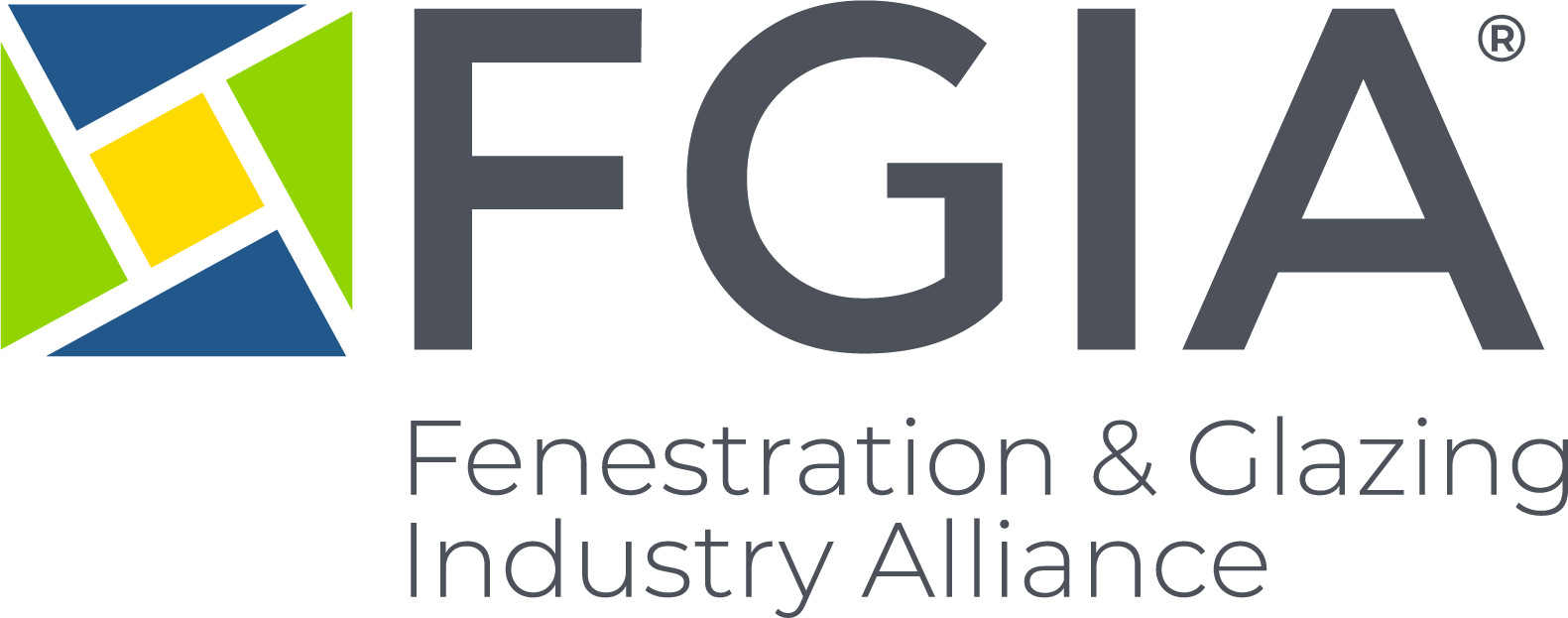What to Expect “When Cal/OSHA Comes Calling”

At the AAMA Western Region 2019 Winter Summit, Sean Paisan, an attorney specializing in OSHA matters with labor and employment law firm Ogletree Deakins, discussed safety compliance in the state of California and offered tips on dealing with Cal/OSHA. Paisan offered advice for those who are met with an incident and suggested knowing one’s rights before anything ever occurs, if it does.
First, per Paisan, a company must report any serious work-related injury, illness or death of an employee within eight hours. A serious injury is defined as that requiring inpatient hospitalization for more than 24 hours “for other than medical observation” or involving permanent disfigurement or amputation. It is advisable for the company to send someone to the hospital to find out the condition of the employee. Moreover, employers should not rely on “medical observation” as an explanation for late reporting.
In the event of an on-site inspection, Paisan said companies are advised to establish a point person, call their attorney and conduct supervisor interviews with counsel present. Employees should be advised of their rights regarding voluntary interviews, specifically that they can choose to be interviewed alone, have counsel and/or someone from management present or decline to be interviewed at all.
When documents are requested, the deadline to respond is usually within three to five days, although an extension can be requested. However, keep in mind that Forms 300 (Log of Work-Related Injuries and Illnesses), 300A (Summary of Work-Related Injuries and Illnesses) and 301 (Injury and Illness Incident Report) must be kept up to date and submitted within four business hours of an OSHA request.
An Illness and Injury Prevention Program (IIPP) is not the same as a Safety Program. An IIPP should be a short document addressing the required core elements.
- responsibility (who implements the program)
- compliance (means by which employees comply)
- communication (ways the company informs its employees)
- hazard assessment (procedures for identifying hazards including periodic inspections)
- hazard correction (procedure for correcting unsafe conditions and records of actions taken maintained for at least one year)
- training (be sure to include the name of the training provider and keep records such as sign-in sheets for at least a year)
- accident investigation procedures
- record keeping
“Don't put safety requirements in your program that you don't follow. If you do, it becomes your law,” Paisan warned. Otherwise, companies can be cited for not following their own rules.
Receipt of a Notice of Intent (form 1BY) means that the Department of Occupational Safety and Health (DOSH) has already decided to issue a serious citation and the employer’s response requires an admission that a violation exists. The response can only challenge the classification of the citation and can be used at a trial. Paisan recommended that no response be submitted.
If a company plans to appeal a citation, an attorney should be retained, said Paisan. Employers have 15 working days from the date of the citation to enter the appeal.
Paisan recently conducted an AAMA webinar on this topic, as well. A recording of the webinar and a tweet thread of the resulting Q&A session can both be viewed online now.
Read more from News, Western Region, Codes, Events





